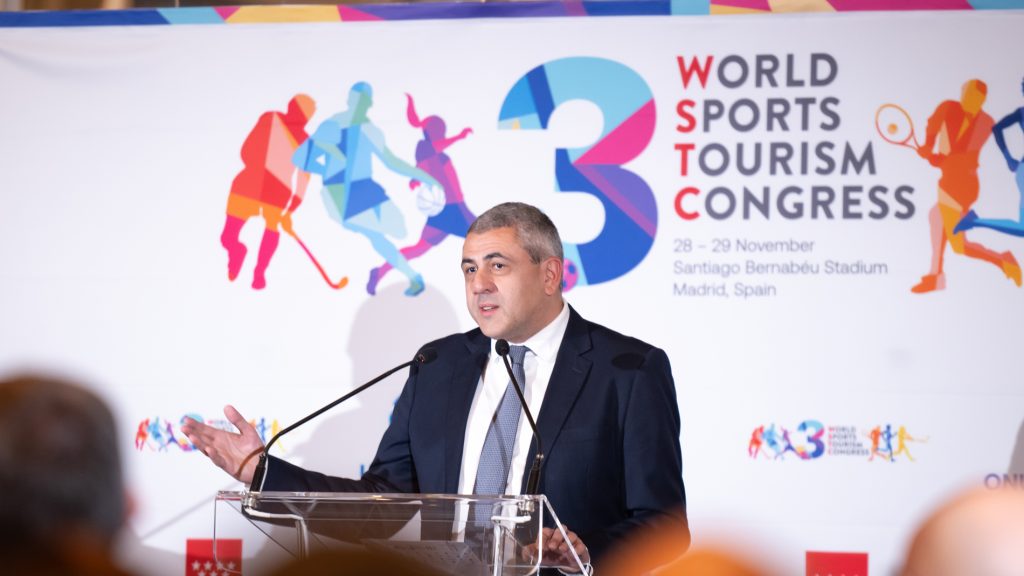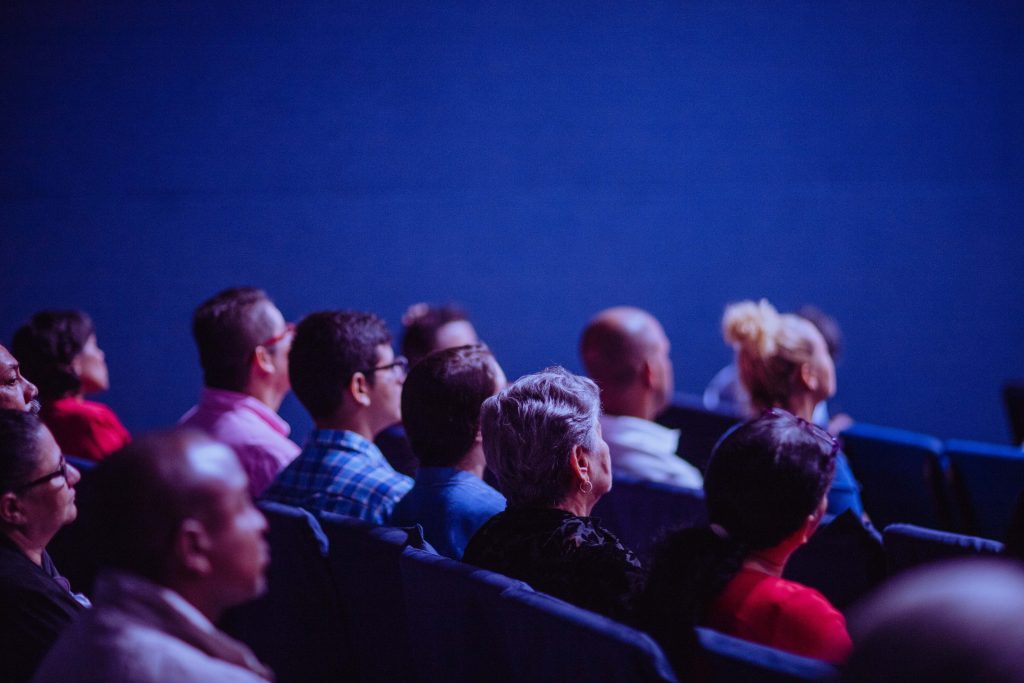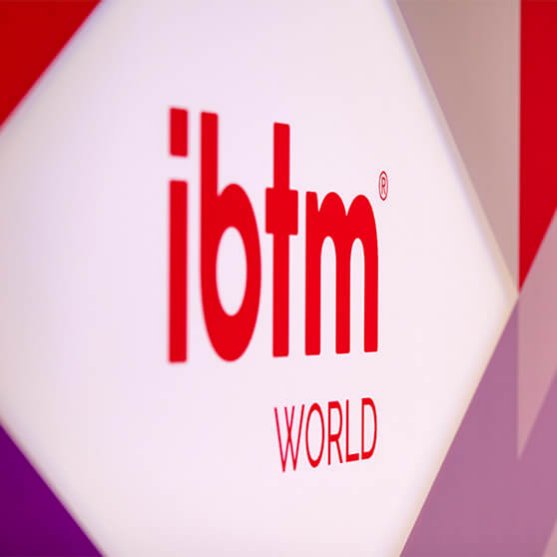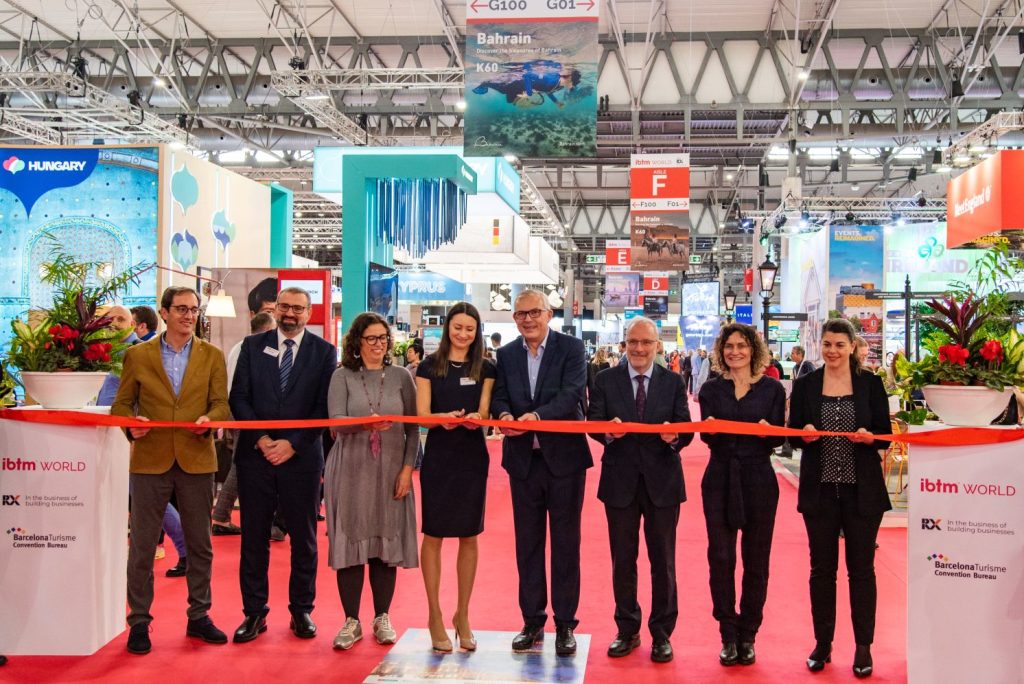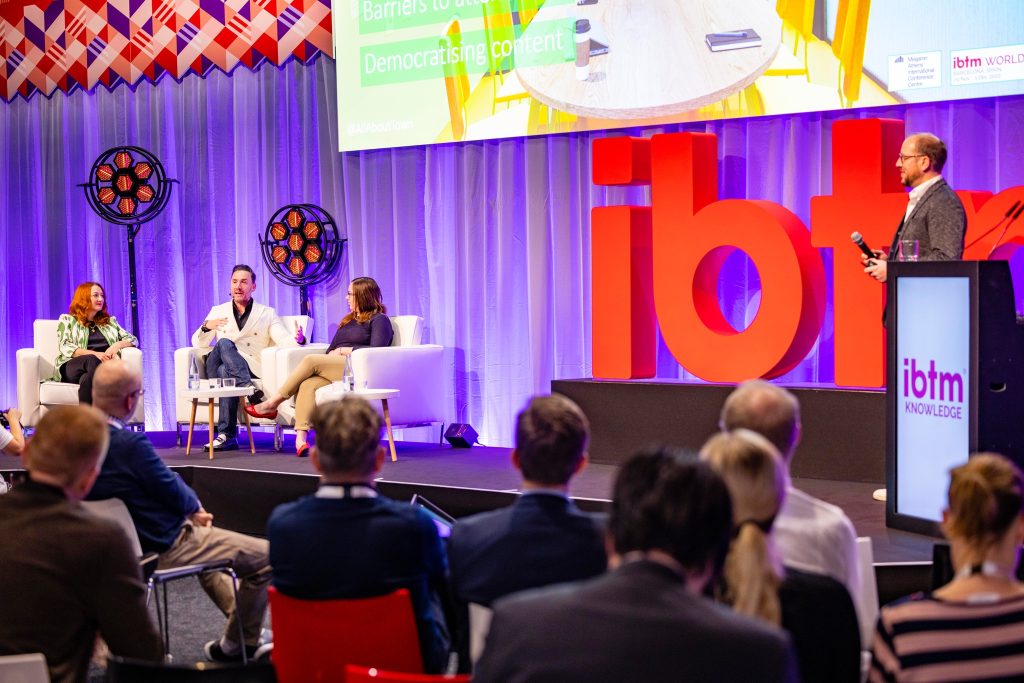Small is beautiful, interactive and impactful, in a series of Kenes conferences
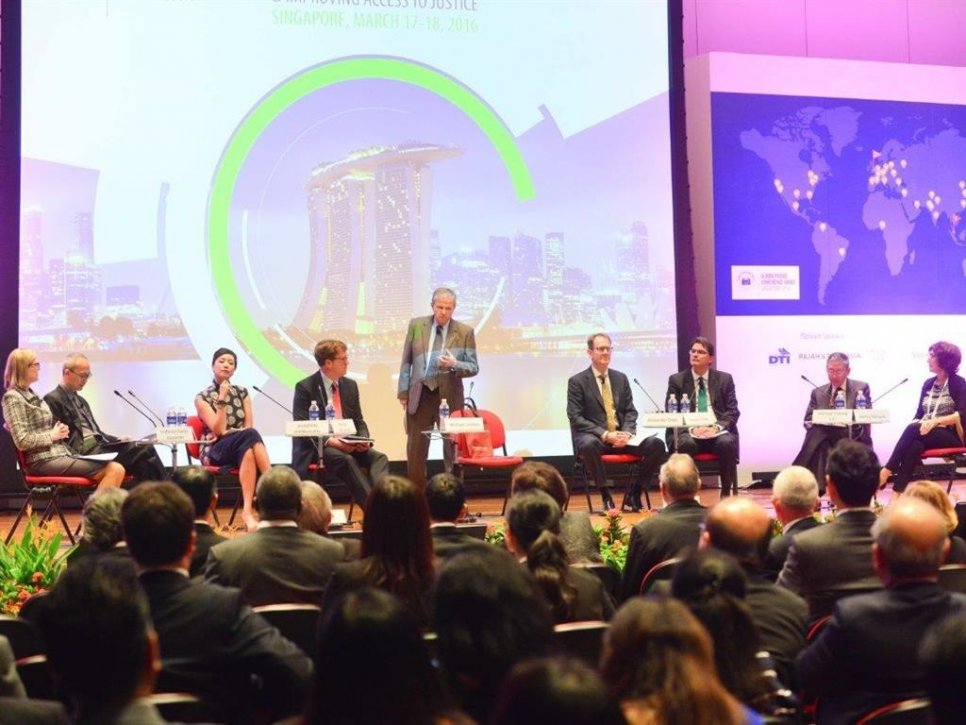
Share news
Listen
The goal was to improve access to justice and the quality of dispute resolution around the world. But for such an ambitious objective, and in different regions and cultures, the usual structure of an event (top speakers and a sleepy audience…) was not the solution. So the events were reconceived, following two magic words:
- Conversation, which involved planning smaller events and reviewing formats. Yes, size was a sacrifice (we all want our events, and our cars…, to be big) but this is an interesting example of putting the objective first.
- Data, as they gathered all the data from each event in order to transfer knowledge and best practices globally.
Each event gathered representatives of the various types of players in alternative dispute resolution: companies, individuals, lawyers, other advisors, and ‘influencers’ (government institutions, academics, etc.). All these people actively participated in the event, responded to “core questions”. These responses are made available to the participants in real time to deliberate and engage in a panel discussion with representatives of each stakeholder.
Format. It was interactive format, dynamic and enabling real conversation, as the panel had to respond to the audience’s voting results. Also bringing together all stakeholders together for discussions (too much discussion happens inside some of the stakeholder groups) made participants take a step back and understand the other party. The following format session was applied:
- Five questions to the audience to vote on inside the app and one open question
- Once voting was complete, participants discussed the results in small groups and wrote comments in the app
- Then the panel discussion took place, with questions and comments from the audience
- A moderator summarised the learnings
Technology. The events used the PowerVote app. Before the event, it provided information on the local event as well as the program and during the event it was used for voting, with results displayed right after all votes are submitted. The app was also used for comments and questions from the audience during the panel discussion.
Pre- and post-event communication. Before the event, the core questions for the voting were built via consultations with all stakeholders, involving a global survey. The event also had its own a blog and press activity.
After the event, Kenes published a summary of the voting results and are producing a full analysis of the voting results. A final report will be produced with the data needed for the beginnings of change in how these matters are handled.
“Event professionals often think only in terms of size, and often overlook the goals that the event has to achieve. In this case it was simply: limit the events in size so that the conversation drives each event, and gather all the data from each location in order to transfer knowledge and best practices globally”, says the Kenes team about this work.
Small (and many). The hope was to hold approximately 15 meetings, but in the end 40 events were held. Kenes assisted in detailing a strategic plan, creating an event model that is logistically duplicable, and mostly guiding all the local organizing committees with the event execution. With the trend of international and global events moving to more locally relevant events, the GPC Series shows how to make a bridge between the two.


